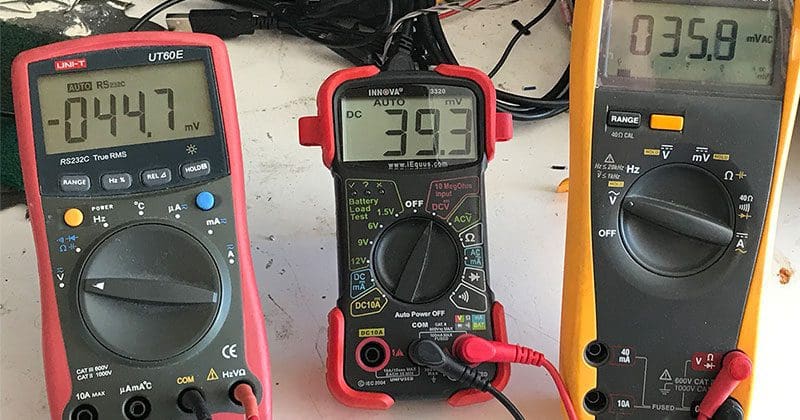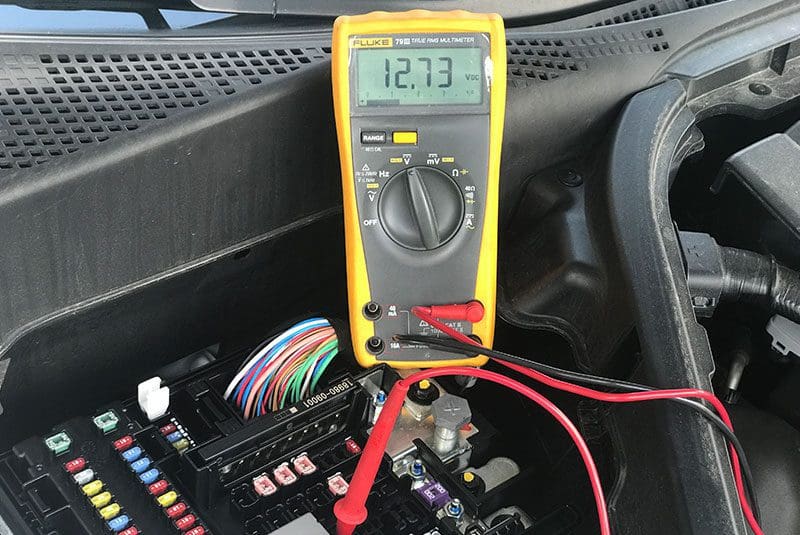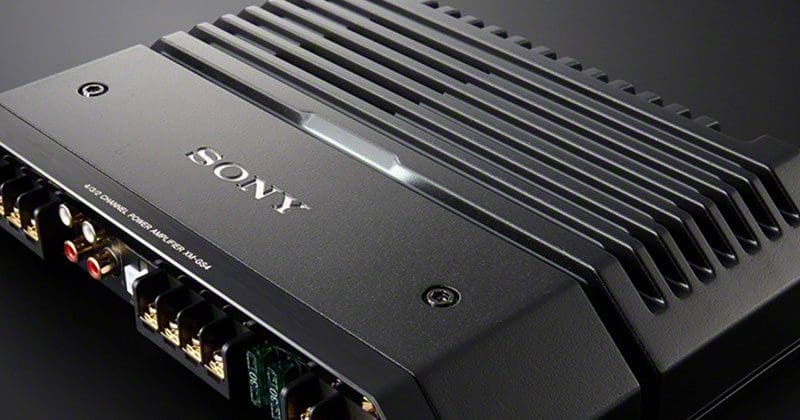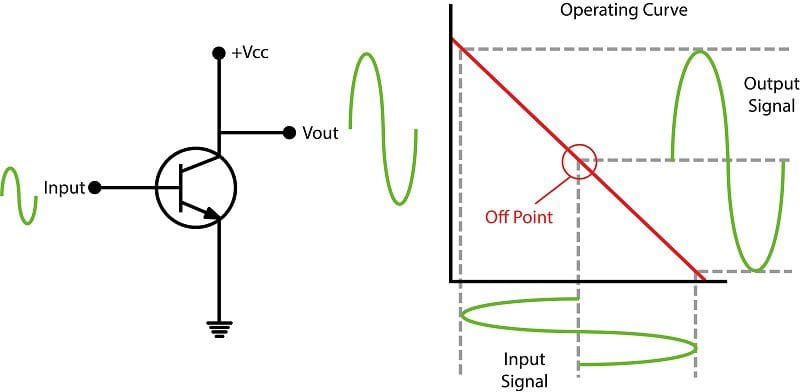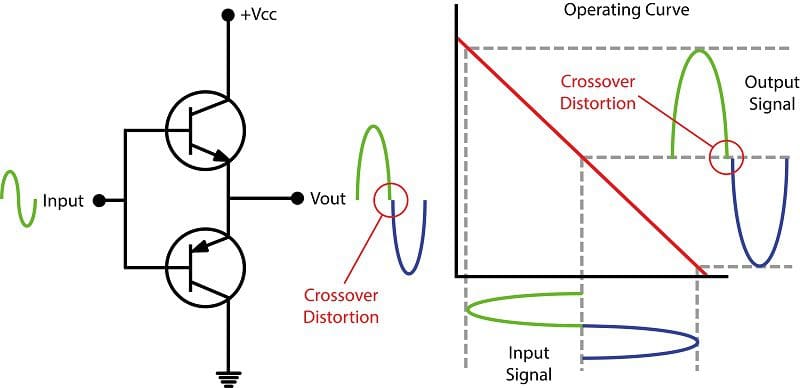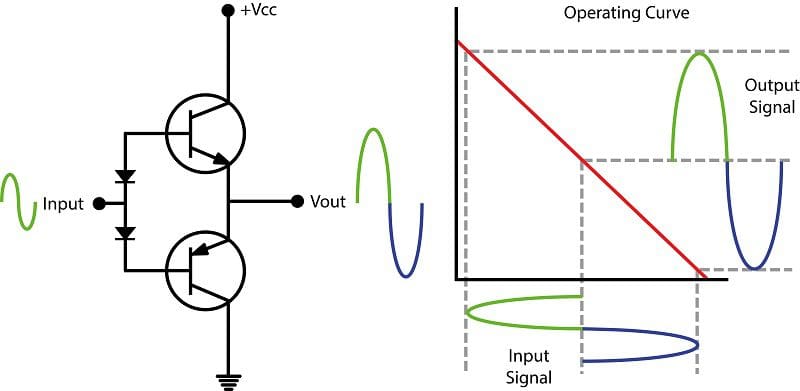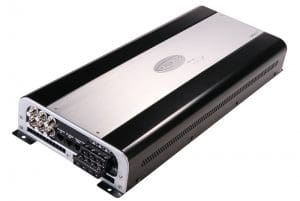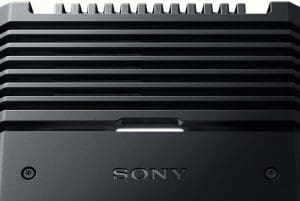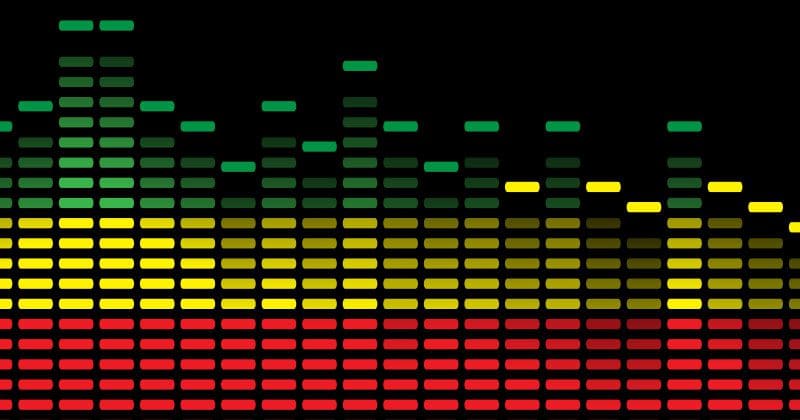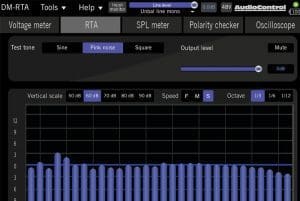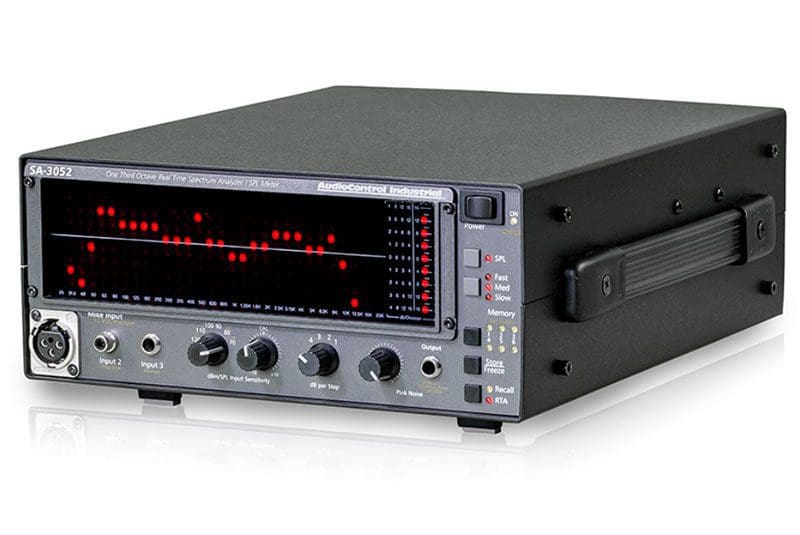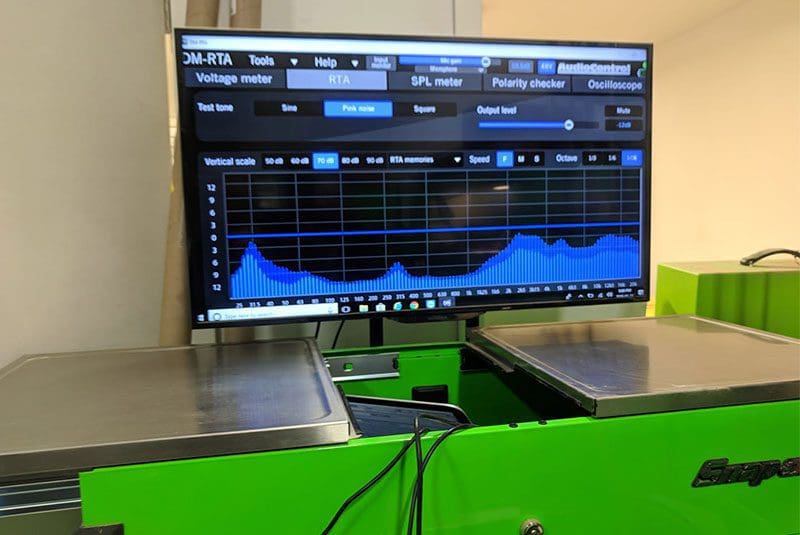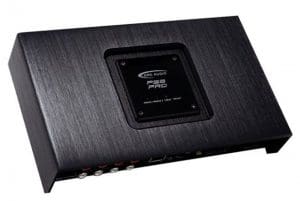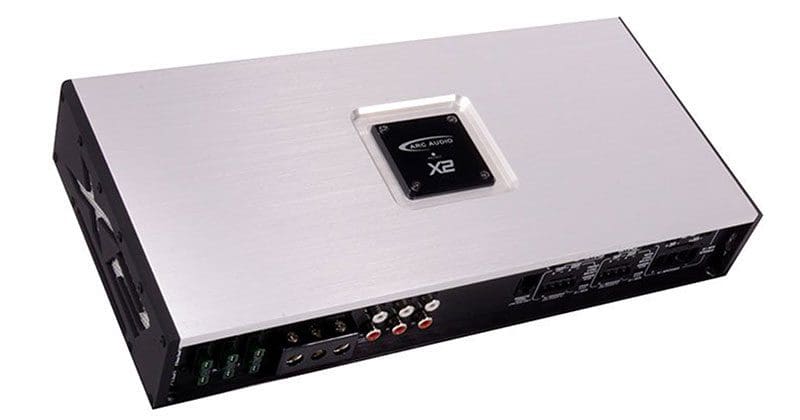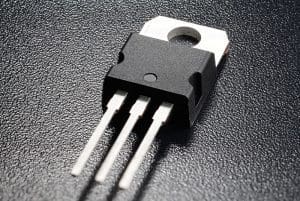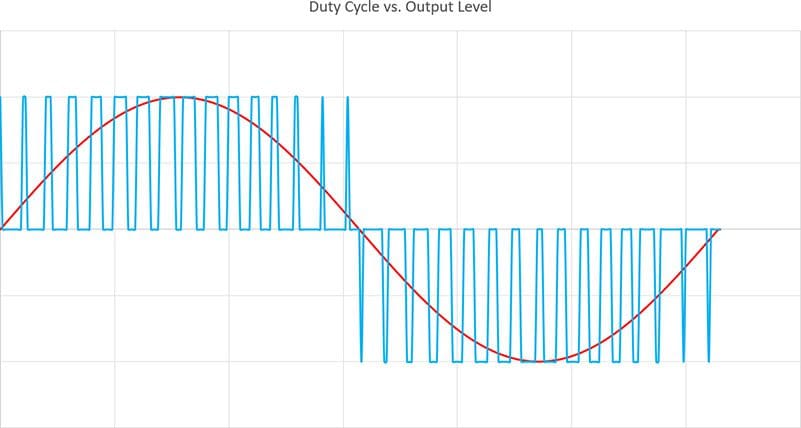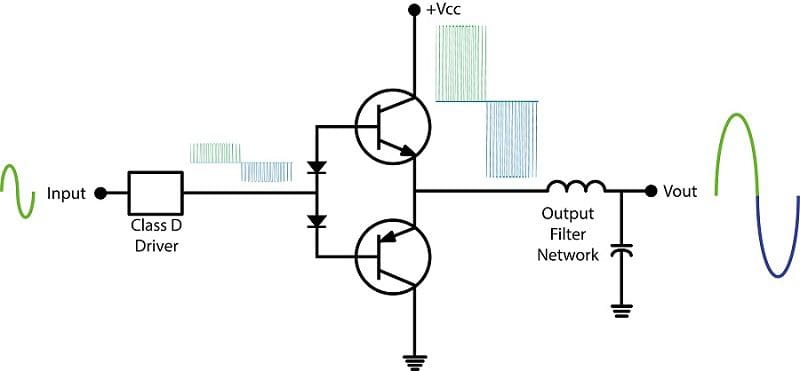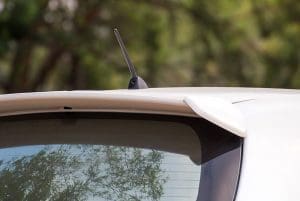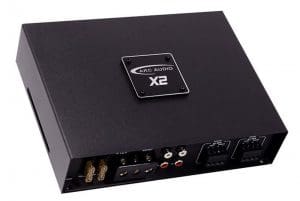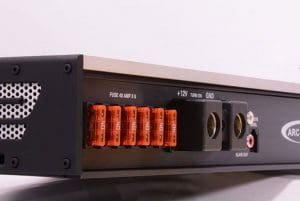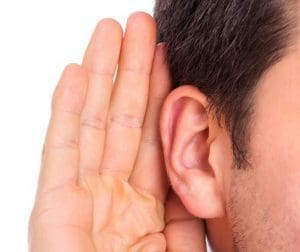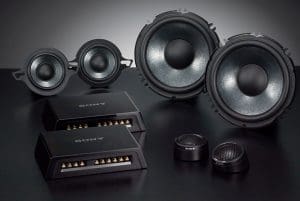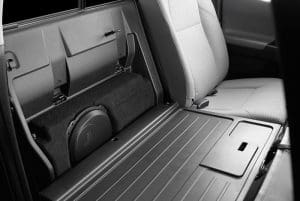Our continuing look at the tools a mobile enhancement technician should have at his or her disposal brings us to the ever-important digital multimeter. In the same way that an RTA or oscilloscope is needed to measure and quantify alternating-current signals, a high-quality multimeter is the only way to accurately quantify a DC or fixed-frequency AC signal. Read on to find out how technicians use their digital multimeters (DMM) to test the wiring in your car to make the installation process more accurate.
What Is a Digital Multimeter?
In essence, a DMM is a battery-powered, handheld device with a digital display that can perform several measurements. A DMM is occasionally (but rarely) called a Volt-Ohm-Milliammeter (VOM), giving us some insight into its capabilities. In almost every case, the meter will have between two and four terminals at the bottom for the connection of the test leads and an LCD or VFD (vacuum fluorescent display) screen at the top of the unit to show the measurement reading. Some of these displays include an analog bar graph that can be used to help detect transient signals. Finally, the function selection is made by a rotary control in the middle of the unit.
Most units will measure direct current (DC) and alternating current (AC) voltages to either detect or quantify the presence of voltage on a terminal or wire. Meters separate the DC and AC measurements into different functions as some math needs to be applied to the AC measurement to create an RMS value. Premium meters known as True-RMS systems are more accurate when measuring AC signals outside of the 50-60Hz frequency region.
Multimeters can also measure resistance. They perform this task by feeding a very small amount of current through a device (resistor or circuit) and measuring the voltage drop across a fixed resistance value. DMMs are good at measuring resistance above an ohm or two and up to about 50 megohms. Below 1 ohm, the resistance of the cables and connections becomes an issue.
Finally, most meters can be used to measure AC and DC flow. The meters have an internal shunt resistor that is wired in series with the circuit. The voltage produced across this shunt resistor is converted to a current flow measurement. The test lead connects for current measurements are different than those for voltage and resistance readings.
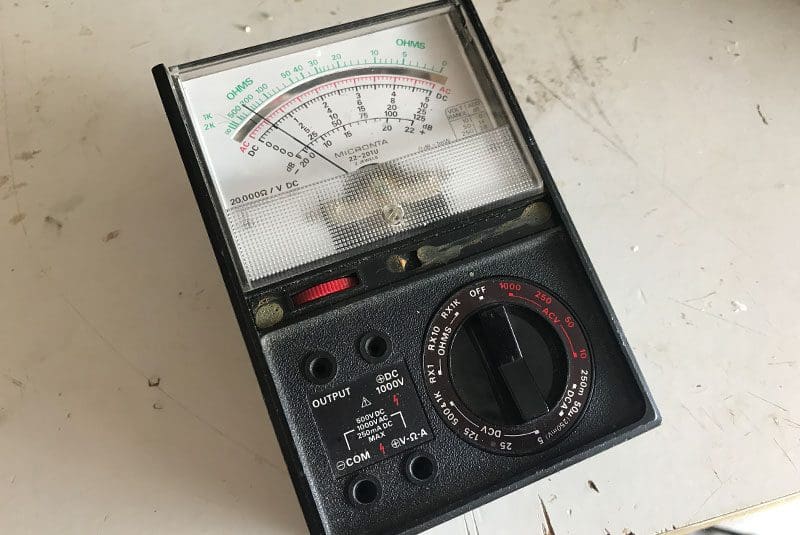
How Technicians Use a DMM
When you are having a remote car starter, security system or even a new radio installed in your car or truck, the technician will use a multimeter to test the wires in the dash for the presence of voltage. In almost all cases, the tech needs to find a good ground, a constant power source and a switched (or accessory) source to feed and control the device.
Resistance measurements come in handy when testing speaker wires or terminals on a subwoofer enclosure to estimate the impedance of a speaker. For techs who are installing remote starters on older General Motors vehicles, they use the ohmmeter function to measure the value of the Passlock resistor in the key. It’s worth noting that the ohmmeter in a DMM can’t be used to test the suitability of a ground connection accurately. A proper grounding point should have well under 0.01 ohms of resistance.
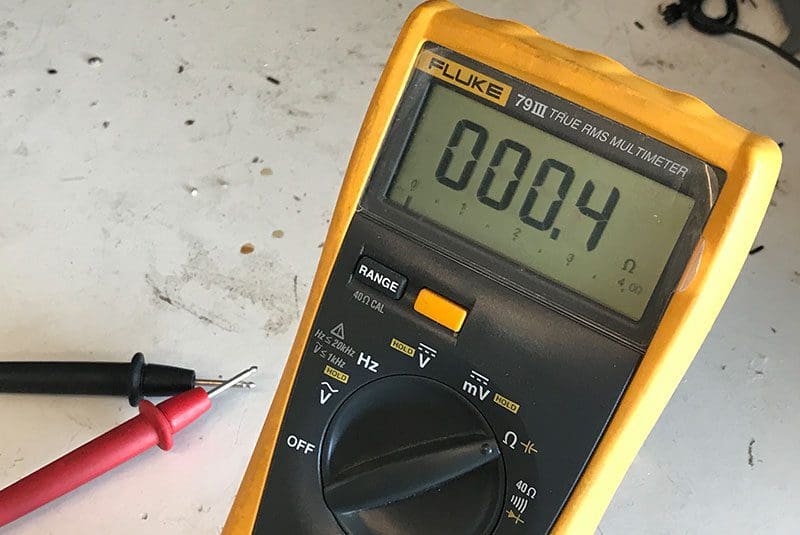
Finally, taking current measurements is ideal for troubleshooting situations where car batteries are being drained. If you have a situation where your car battery is dying after a few days, the technician can measure the current being drawn from the battery to start the diagnosis and repair process.
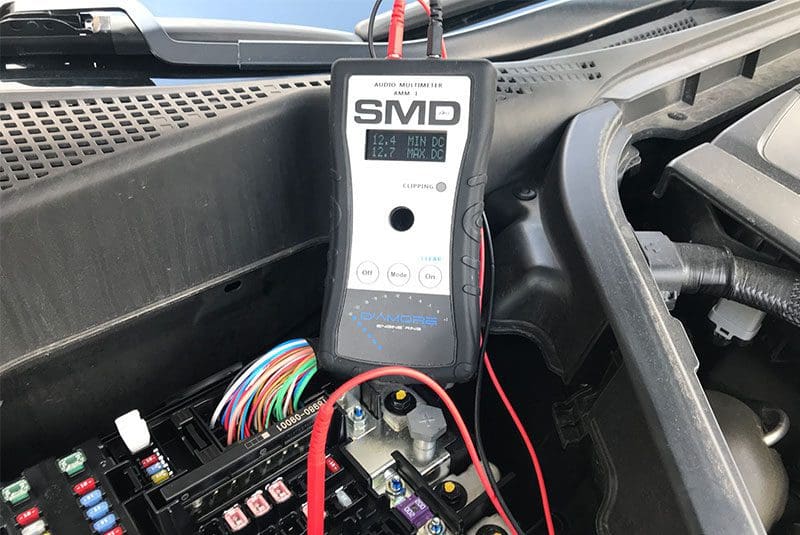
Choose the Right Mobile Enhancement Retailer
As we’ve mentioned in the past, choosing the right person to work on your vehicle is the most important aspect of the upgrade shopping process. A moderate-quality upgrade that has been installed and configured correctly will undoubtedly outperform a premium product that hasn’t been installed with care. When you tour the shop as part of your retailer interview process, make sure they have the tools required to perform the work you need. At the top of that list of tools is a quality digital multimeter.
This article is written and produced by the team at www.BestCarAudio.com. Reproduction or use of any kind is prohibited without the express written permission of 1sixty8 media.
